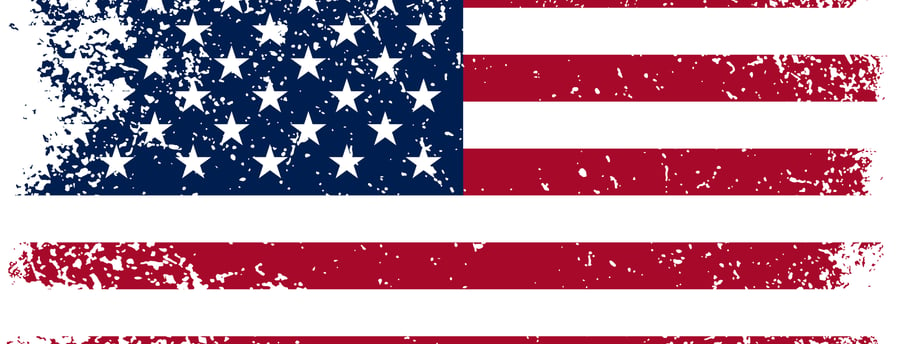Reapplying for a U.S. Visa After Rejection (Single or Multiple US Visa Denials)
Reapplying for a U.S. Visa After Rejection (Single or Multiple US Visa Denials)
3/14/20253 min read


Reapplying for a U.S. Visa After Rejection: What You Need to Know in 2025
In 2025, the U.S. State Department has introduced stricter policies regarding visa denials, making it more challenging for applicants reapplying after rejection. With increased scrutiny on repeat applicants, consular officers are now required to provide more detailed explanations for denials, helping applicants better understand their shortcomings. Additionally, new guidelines for administrative processing delays under 221(g) may expedite cases requiring additional documentation.
If you've been denied a U.S. visa, understanding the reasons behind the rejection and taking the right steps when reapplying is crucial. Here’s everything you need to know to improve your chances of success.
Understanding the Reasons for Rejection
U.S. visa denials are typically based on provisions of the Immigration and Nationality Act (INA). The most common reasons include:
INA Section 221(g) – Incomplete Documentation
If your application was missing required documents or needed additional administrative processing, you may receive a 221(g) denial. In some cases, you can submit the missing documents without reapplying.INA Section 214(b) – Lack of Strong Ties
This is the most common reason for denial. If you fail to demonstrate strong ties to your home country—such as employment, family, property, or financial stability—the consular officer may suspect that you do not intend to return after your visa expires.INA Section 212(a) – Ineligibility
If you have a criminal record, prior immigration violations, or other factors making you inadmissible to the U.S., you may be denied under this section.Errors or Inconsistencies
Mistakes in your application or inconsistent information provided during your interview can lead to rejection.Visa Interview Performance
Even with complete documentation, failing to satisfy the consular officer during the interview can result in denial. Nervousness, unclear responses, or not convincingly explaining your travel purpose can all negatively impact your application.
Understanding the specific reason for your denial is essential for addressing the issue before reapplying.
How Soon Can You Reapply?
If denied under 221(g): You may be allowed to submit missing documents without having to reapply entirely.
If denied under 214(b) or other grounds: You can reapply at any time, but it is advisable to wait until you have made significant improvements in your application.
Can You Apply for a Different Type of U.S. Visa After a Denial?
Yes, you can apply for a different type of U.S. visa after a rejection. However, approval depends on fulfilling the specific requirements of the new visa category. For example:
If your B1/B2 (Tourist/Business Visa) was denied, you may still apply for an F1 Student Visa if you gain admission to a U.S. university.
If your H-1B Work Visa was rejected, you may consider applying for an L1 Intra-Company Transfer Visa or an O-1 Visa if you have extraordinary skills.
If a family-sponsored visa was denied, you may still apply for a different visa based on employment or humanitarian grounds.
How Many Times Can You Apply for a U.S. Visa?
Legally, there is no limit to the number of times you can apply for a U.S. visa. However:
Repeated denials without significant changes in your situation may negatively impact future applications.
Each application requires payment of the non-refundable visa fee.
Multiple 214(b) rejections suggest that you need to strengthen your ties to your home country before reapplying.
Steps to Successfully Reapply for a U.S. Visa
1. Review Your Previous Application
Carefully analyze the reason for your rejection and make necessary corrections or improvements. If denied under 214(b), consider strengthening your employment status, financial situation, or family ties to demonstrate strong connections to your home country.
2. Complete a New DS-160 Form
Each visa application requires a new DS-160 form. Ensure that all information is accurate and aligns with your supporting documents.
3. Pay the Visa Fee Again
Visa application fees are non-refundable. You must pay the fee again before scheduling a new appointment.
4. Gather Additional Supporting Documents
Depending on the reason for your denial, you may need to submit extra documentation, such as:
Updated bank statements
Proof of employment or business ownership
Travel history and return tickets
Additional affidavits or sponsorship letters
Any other documents addressing the previous denial reason
5. Prepare for the Interview More Effectively
Be honest and consistent in your responses.
Dress professionally and confidently.
Clearly explain your purpose of travel.
Address any concerns raised in your previous interview.
Reapplying for a U.S. visa after a denial requires careful planning and improvement in your application. By understanding the reasons for your rejection, strengthening your documentation, and preparing effectively for the interview, you can significantly increase your chances of approval.
Before reapplying, take the time to assess your situation, address previous shortcomings, and ensure that your application aligns with U.S. visa requirements. With the right approach, persistence, and preparation, obtaining a U.S. visa after a previous denial is possible.
